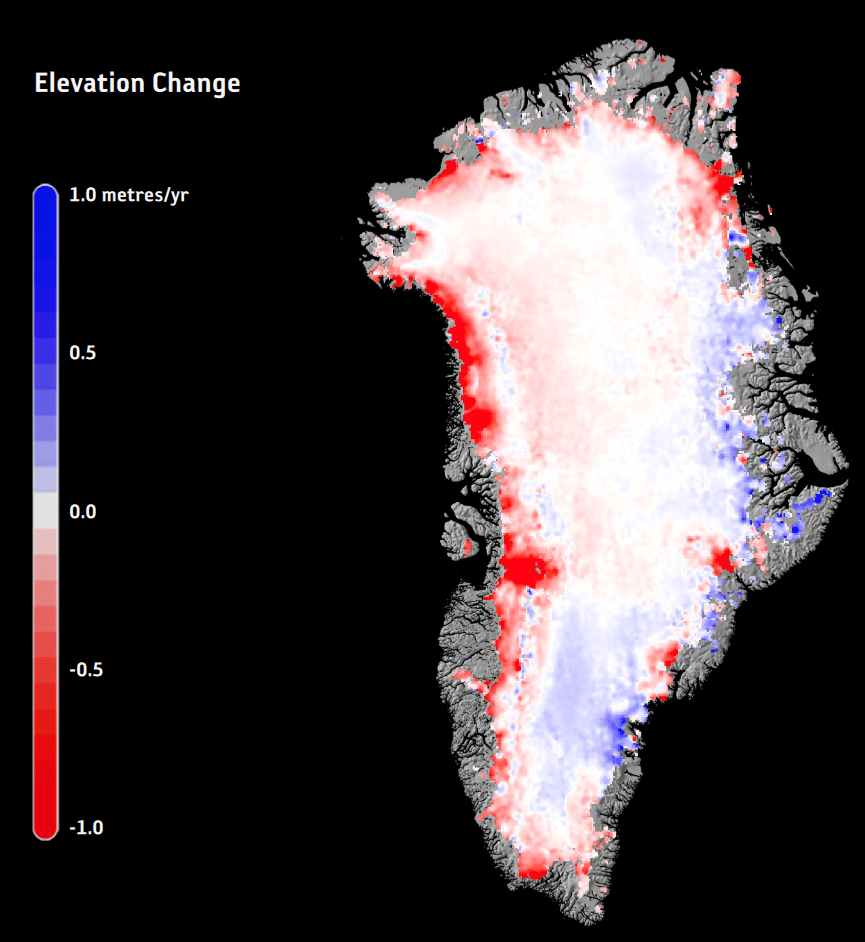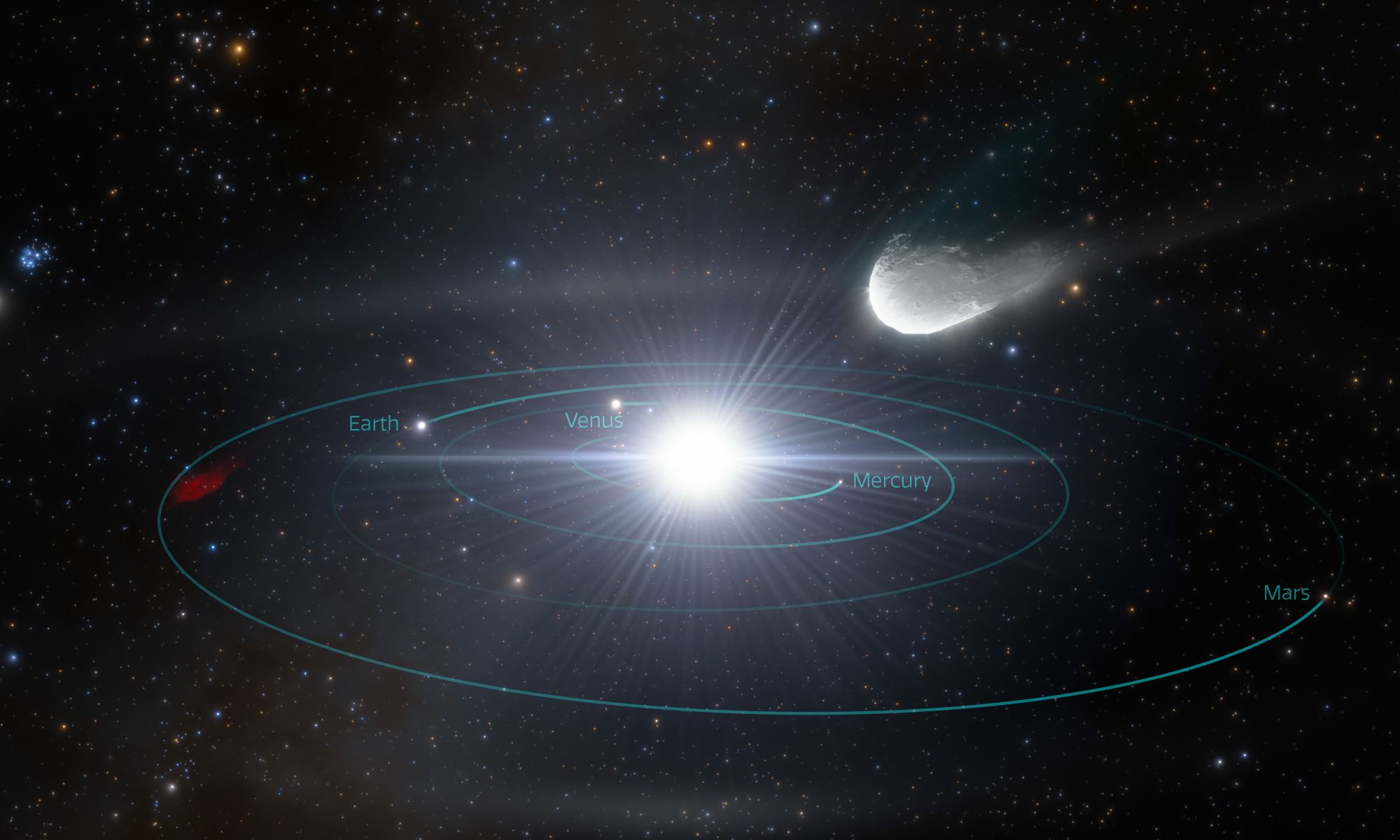It’s time to take a thorough, more serious look at using geoengineering to protect the planet’s icesheets, according to a group of scientists who have released a new report examining the issue. Glacial geoengineering is an emerging field of study that holds some hope for Earth’s diminishing glaciers and ice sheets.
Continue reading “Can Geoengineering Protect Earth’s Icesheets?”Can Geoengineering Protect Earth’s Icesheets?










